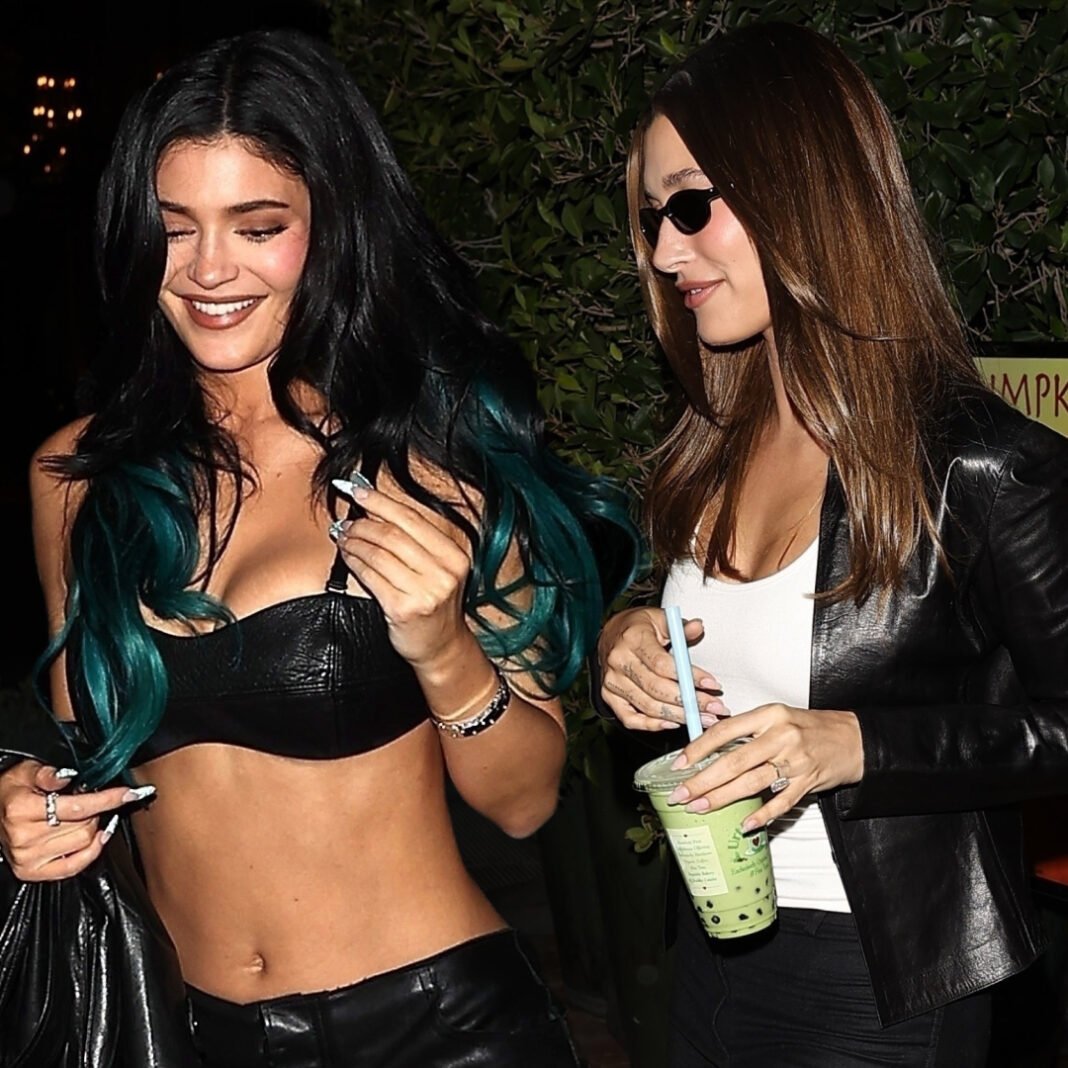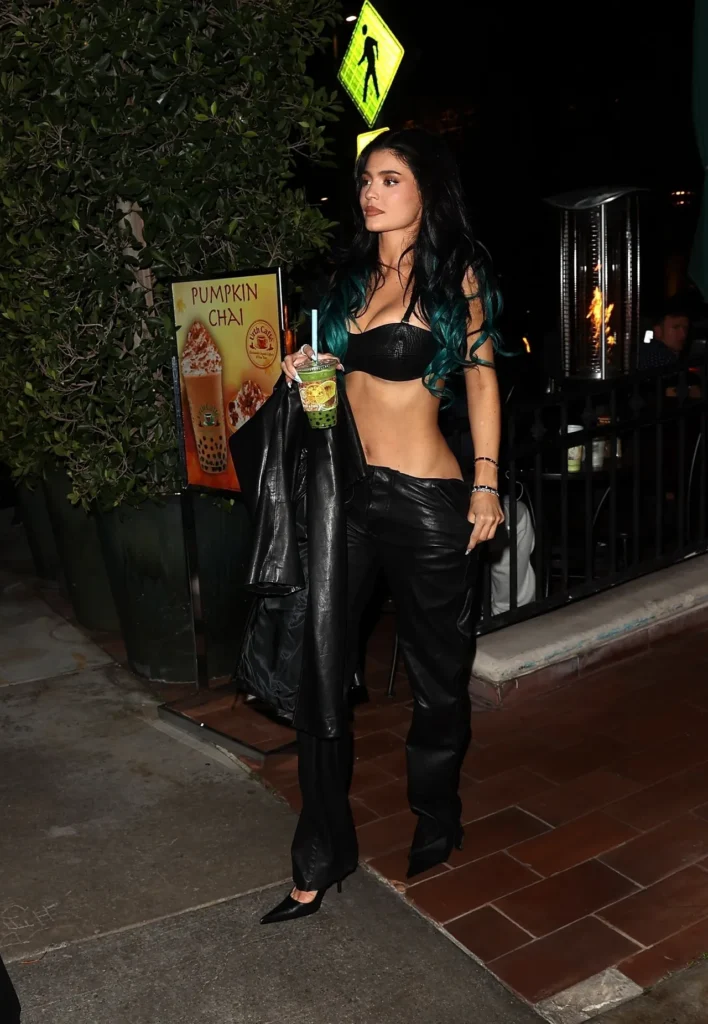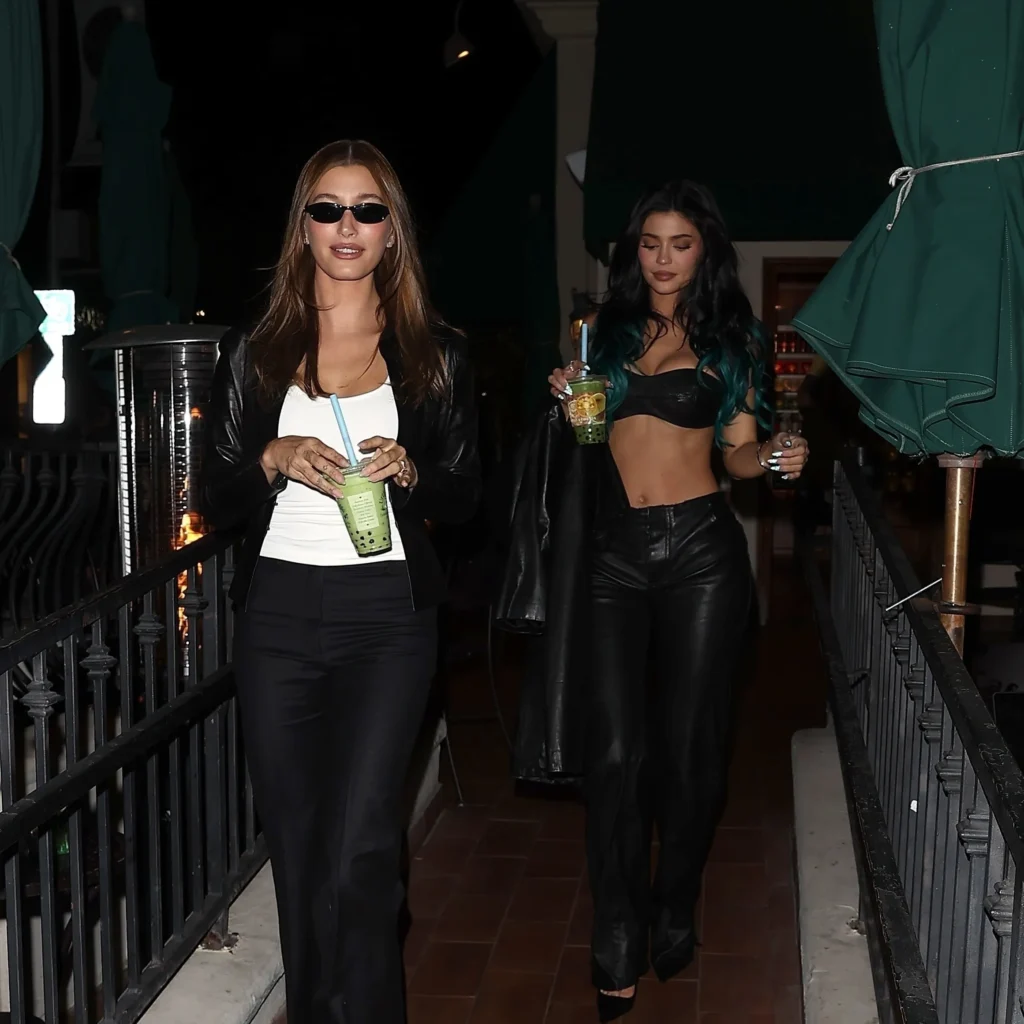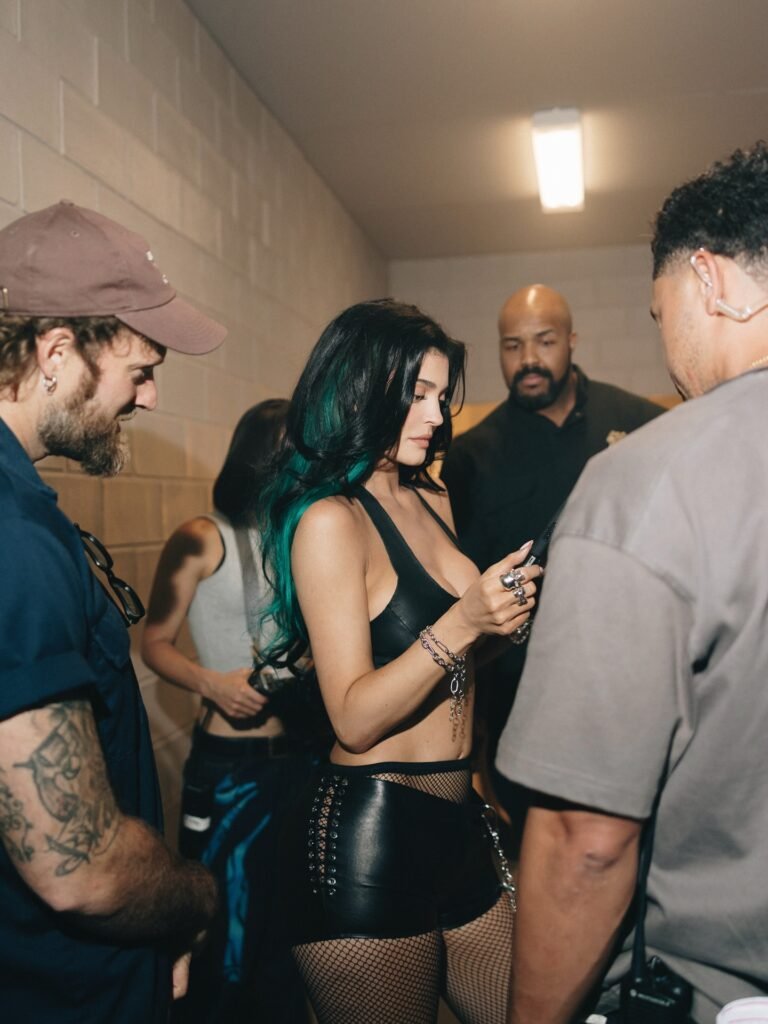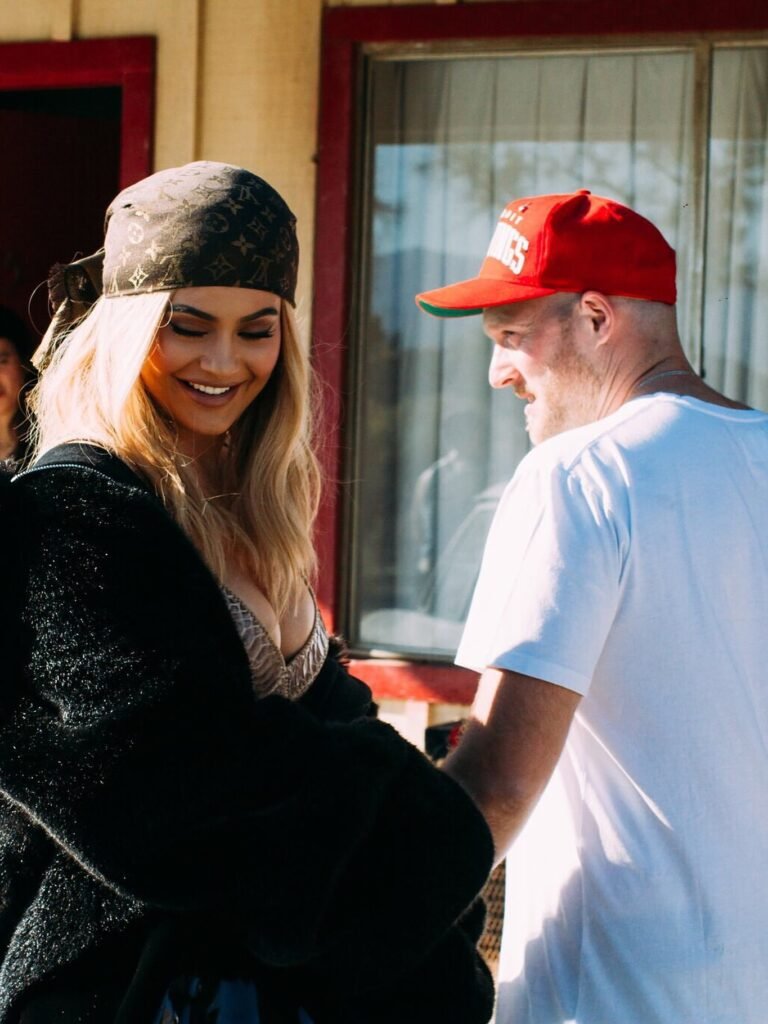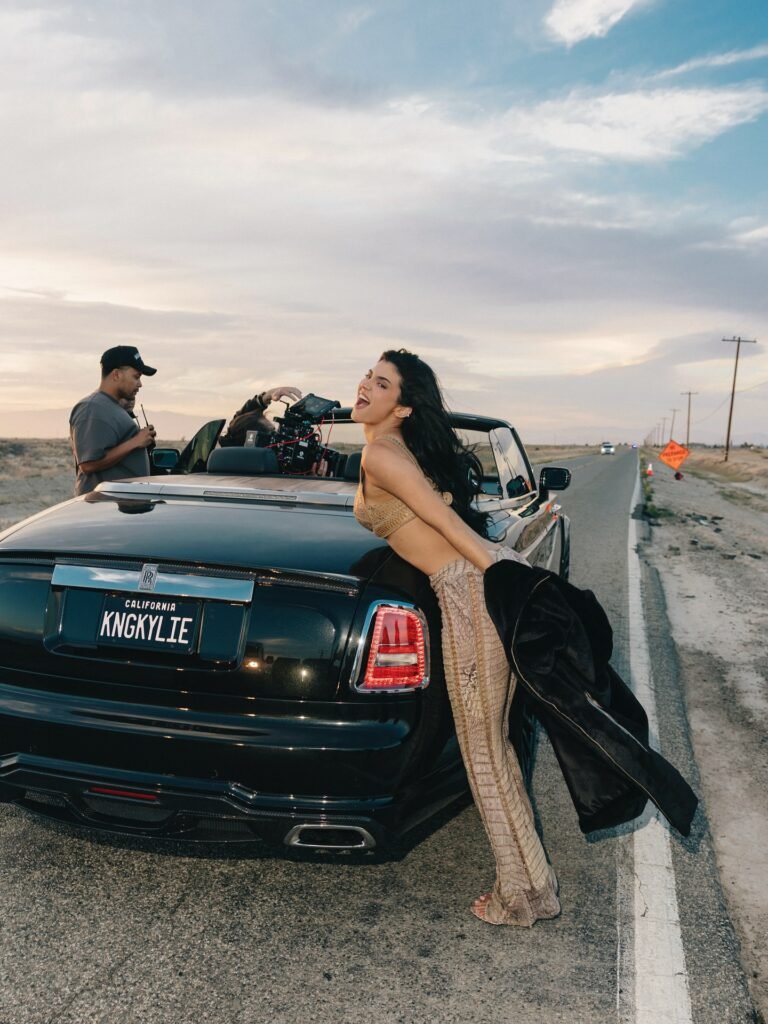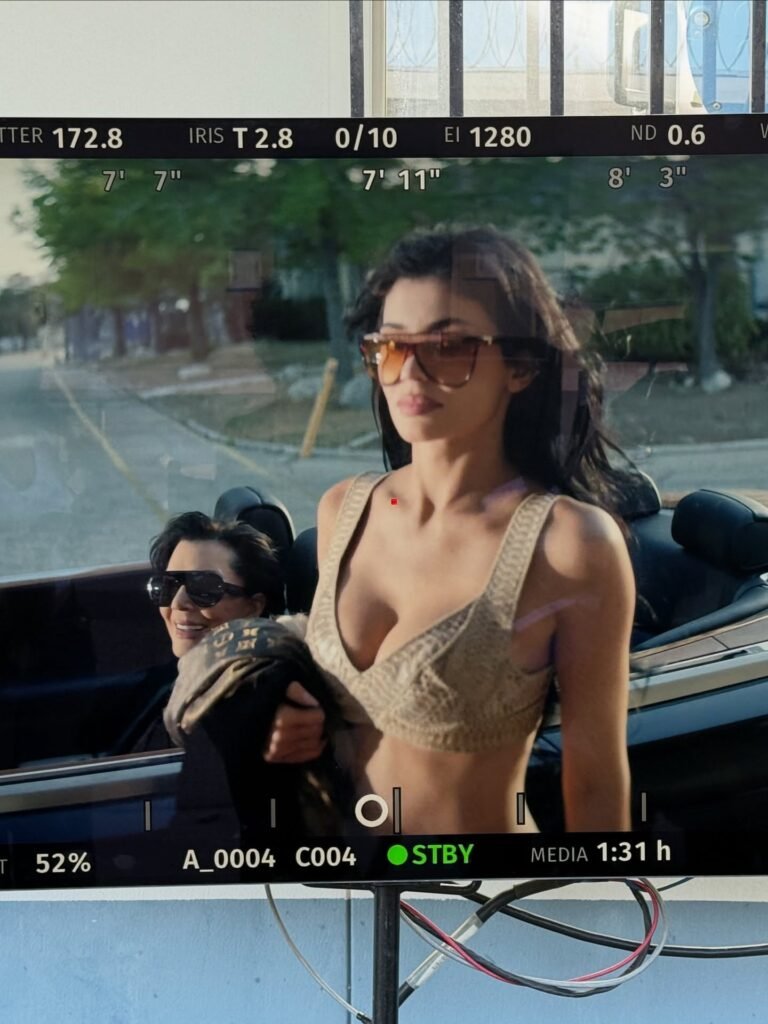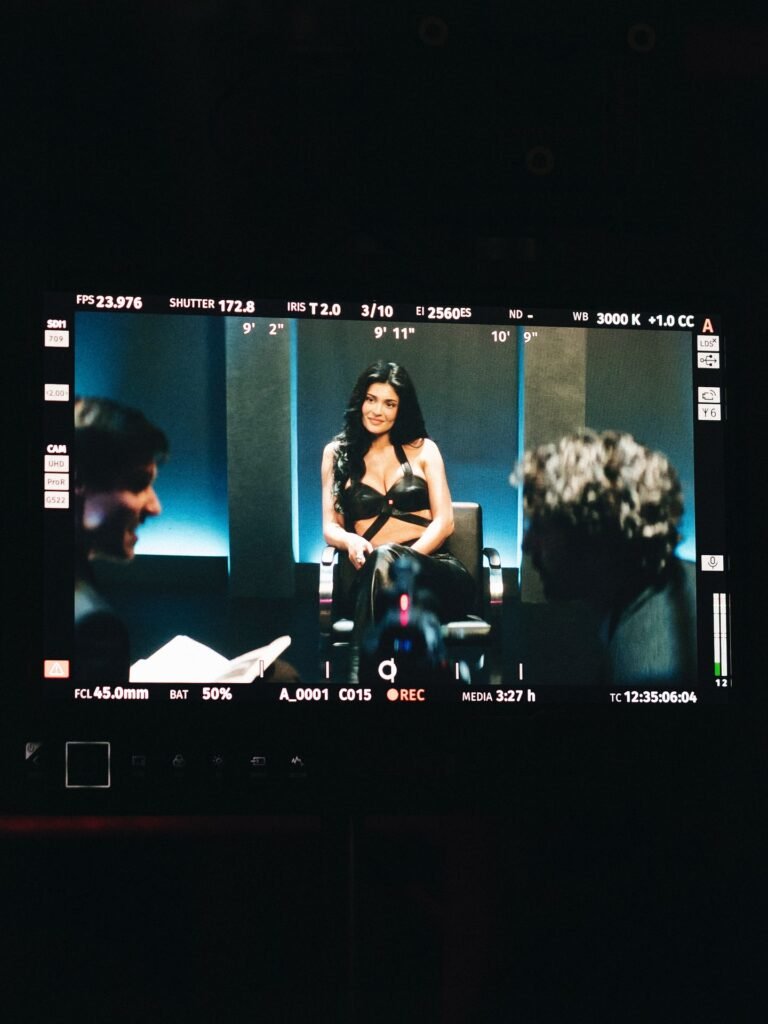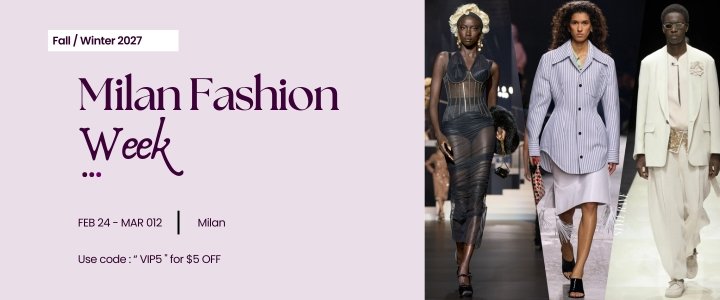There’s a photograph on Maya Chen’s phone that she can’t bring herself to delete. Taken in 2015 outside an Urth Caffé, she’s holding a green tea boba, her hair dipped in turquoise, her lips lined within an inch of their life. “I looked at it and cringed for years,” the 28-year-old marketing executive admits. “Now? I’d recreate it tomorrow.” She’s not alone. When Kylie Jenner emerged last week with teal-tipped hair and that same signature green beverage in hand—a calculated resurrection of her 2014 “King Kylie” era—she didn’t just sell lip kits. She sold memory itself. Welcome to the nostalgia economy, where millennial icons have discovered their most valuable product isn’t what they’re creating now, but what they created then. As Gen Z mines the aesthetics of a decade they barely remember and millennials yearn for their youth, celebrity founders like Jenner have become shrewd archaeologists of their own image, understanding that in 2025, the past isn’t just prologue—it’s profit.
The Strategy Behind the Aesthetic
The scene outside Urth Caffé on Melrose Avenue last week was a masterclass in temporal branding. Kylie Jenner, flanked by Hailey Bieber, both clutching those instantly recognizable green tea boba drinks, represented more than just a casual coffee run between friends. It was a carefully orchestrated time capsule, unsealed for maximum commercial impact. The timing was deliberate: Jenner’s Kylie Cosmetics Lip Kits were relaunching, and what better way to herald their return than by resurrecting the exact aesthetic that made them iconic in the first place?
This isn’t mere coincidence. It’s strategy. And it’s part of a larger phenomenon transforming how celebrity founders approach brand management in an increasingly fragmented media landscape. While other entrepreneurs chase the next trend, Jenner and her contemporaries have discovered something far more valuable: their own archives.
The business logic is elegant in its simplicity. Between 2014 and 2016, Jenner and a cohort of influencers—the Hadids, the Biebers, the Instagram glitterati—established a visual language that came to define aspirational youth culture globally. Overlined lips, ombré hair, athleisure worn to breakfast spots that charged seventeen dollars for avocado toast. These weren’t just aesthetic choices; they were the building blocks of billion-dollar empires. Kylie Cosmetics alone was valued at over one billion dollars at its peak, built almost entirely on the foundation of that mid-2010s mystique.
But aesthetics, like stocks, fluctuate. By 2019, the clean-girl aesthetic began its ascent. Minimalism ruled. The elaborate contouring and dramatic lips that defined the King Kylie era suddenly felt dated, even garish. For many brands, this would signal obsolescence. For Jenner, it represented something else entirely: future inventory.
Engineering Nostalgia Cycles
Dr. Marcus Whitfield, a consumer psychologist at Stanford’s Graduate School of Business, has spent the past three years studying what he calls “cyclical brand equity”—the phenomenon of companies deliberately mothballing successful aesthetics only to resurrect them when cultural conditions become favorable again. “What we’re seeing with figures like Jenner is unprecedented,” he explains.
“They’re not just participating in nostalgia cycles; they’re engineering them. They have complete control over their archival imagery, and they understand precisely when their target demographics will be most receptive to its redeployment”
The mathematics of nostalgia marketing reveal why 2025 is the perfect moment for a mid-2010s revival. Cultural theorists have long observed that nostalgia operates on roughly twenty-to-thirty-year cycles—hence the 1990s revival of the 2010s, or the 1970s fetishization of the 1990s. But social media has accelerated everything. Today’s nostalgia cycles run on a ten-to-twelve-year loop, perfectly positioning 2014’s aesthetics for their triumphant return.
The Dual-Market Opportunity
More crucially, Jenner’s team has identified a dual-market opportunity that’s breathtakingly lucrative. On one side sit millennials, now in their late twenties and early thirties, with established careers and disposable income. These consumers experienced the King Kylie era firsthand during their formative years. They’re not buying lip kits; they’re buying their youth back, even if just symbolically. The product becomes a vehicle for temporal transportation, a seventeen-dollar time machine in a tube.
On the other side is Gen Z, for whom 2014 might as well be 1994. They encounter these aesthetics not as memories but as discoveries, filtered through TikTok’s algorithmic curation and divorced from their original context. To them, the King Kylie era isn’t dated—it’s vintage, which in the attention economy is perhaps the highest compliment. They’re not recapturing anything; they’re claiming something that feels fresh precisely because it predates their own social media consciousness.
Savannah Torres, a brand strategist who has consulted for several celebrity-founded beauty lines, describes this as “temporal arbitrage.” “These founders are essentially trading across time periods,” she notes. “They’re identifying which elements of their personal brand history have appreciated in value and reintroducing them at optimal market moments. It’s sophisticated, and it requires the kind of long-term thinking that very few brands—celebrity or otherwise—demonstrate.”
The Geography of Memory
The Urth Caffé outing itself deserves closer examination. The location isn’t incidental. Melrose Avenue in the mid-2010s functioned as a kind of influencer pilgrimage site, with the Paul Smith pink wall and Alfred Coffee serving as secular shrines where the era’s digital elite performed their aspirational lifestyles. Urth Caffé, with its health-conscious menu and celebrity-spotting pedigree, represented the exact intersection of wellness culture and fame that defined that moment. By returning there—green tea boba in hand, no less—Jenner isn’t just visiting a café. She’s activating a geographic memory, triggering associations in millions of followers who either participated in or observed that cultural moment.
The green tea boba itself functions as what semioticians call a “cultural anchor”—an object so laden with specific associations that its mere presence evokes an entire ecosystem of meaning. In 2015, that drink represented a particular type of LA lifestyle: health-conscious but indulgent, exotic but accessible, photographable above all else. Its reappearance in Jenner’s hand is as significant as any billboard campaign.
This resurrection coincides strategically with Jenner’s recent musical venture. Her feature on Terror Jr’s “Fourth Strike” includes a music video that prominently showcases her lip kit products, creating a multimedia nostalgia ecosystem. The song itself, with its early-2010s electronic pop influences, reinforces the temporal branding. Every element—sonic, visual, locational—works in concert to transport audiences back to a specific moment while simultaneously selling them products for the present.
Biographical Mining: The New Celebrity Equity
Cultural historian Dr. Amelia Reeves argues that this represents a fundamental shift in how celebrity equity functions. “Previous generations of celebrities traded on their current relevance,” she observes. “Today’s celebrity founders have realized that their past selves can be just as commercially viable as their present ones—sometimes more so. They’re creating multidimensional brand identities that exist simultaneously across multiple time periods.”
The implications extend far beyond beauty products. We’re witnessing the emergence of what might be called “biographical mining”—the systematic excavation and monetization of one’s own past. For celebrities with sufficient archival material and cultural impact, every era of their public life becomes potential intellectual property, ready for strategic redeployment when market conditions favor it.
This is particularly potent for millennial celebrities who came of age alongside social media itself. Unlike previous generations, whose early images might exist only in dusty photo albums or forgotten hard drives, millennials like Jenner have meticulously documented high-resolution archives of every aesthetic phase, every cultural moment, every iteration of their public persona. This archive isn’t just memory—it’s infrastructure. It’s the raw material for an entirely new kind of long-term brand management.
The Financial Logic
The financial logic is compelling. Traditional brands must invest heavily in research and development, testing new products and aesthetics in uncertain markets. Celebrity founders practicing nostalgia marketing already know what works—it worked before. They’re essentially re-releasing greatest hits, with the added benefit of that temporal distance lending their original concepts a patina of vintage cool they lacked when first introduced.
Yet there’s a delicate balance required. Deploy nostalgia too frequently, and it loses its impact, becoming parody rather than homage. Wait too long, and the cultural moment passes, the audience ages out or moves on. Jenner’s team appears to have calibrated this precisely, allowing nearly a decade to pass before fully resurrecting the King Kylie aesthetic—enough time for it to feel genuinely nostalgic rather than merely recycled.
The Future of Memory as Commerce
The success of this approach will likely inspire imitators. Already, we’re seeing other celebrity founders from the mid-2010s era beginning to resurrect their archival aesthetics. The question becomes: how many times can this well be drawn from? Will audiences eventually grow weary of being sold their own memories? Or will the comfort of familiar aesthetics in an increasingly chaotic world prove perpetually marketable?
For now, the nostalgia economy appears robust. As Maya Chen, still scrolling through that 2015 photograph, puts it: “I used to think moving forward meant leaving everything behind. Now I realize that the past—my past, our collective past—isn’t something to escape. It’s something to invest in.” She pauses, then adds with a knowing smile, “Literally invest in, apparently.”
Jenner’s teal hair and Urth Caffé green tea aren’t just throwbacks. They’re proof that in the attention economy, your most valuable asset might not be what you’re creating tomorrow—it might be what you created yesterday, strategically preserved and waiting for exactly the right moment to resurface. Welcome to an era where memory isn’t just personal—it’s portfolio management.

